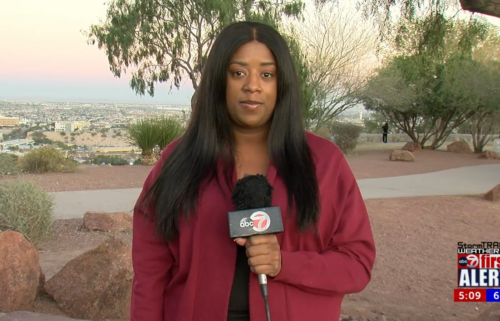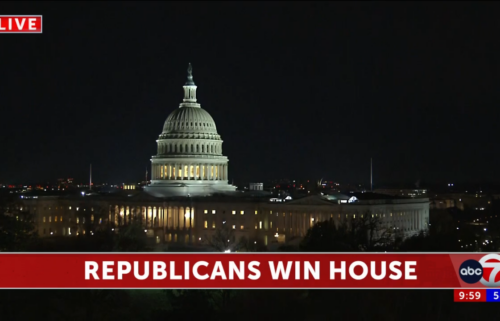Bloomberg unveils economic justice plan at site of ‘Black Wall Street’ massacre
Democratic presidential candidate Michael Bloomberg on Sunday released an economic justice plan during a stop in the Tulsa, Oklahoma, neighborhood that was known as “Black Wall Street” before it was destroyed in a 1921 riot and massacre.
Bloomberg unveiled his “Greenwood Initiative,” a plan his campaign says “will help address the systemic bias that has kept many Black Americans from gaining wealth.” It calls for ending discriminatory business practices and biased policies in the financial, criminal justice and voting systems in America that have resulted in loss of wealth for African American families.
The Greenwood district of North Tulsa, known as “Black Wall Street” in the early 20th century, was home to more than 300 African American-owned businesses. In 1921, a mob of white residents destroyed the neighborhood and killed at least 300 black people.
According to Bloomberg’s plan, the initiative will pave the way for the creation of 1 million new black homeowners and 100,000 new black-owned businesses over the next 10 years. The former New York City mayor is also calling for a $70 billion investment in America’s 100 most disadvantaged communities and wants to help black families triple their wealth over the next decade to an all-time high.
Much of the plan is modeled off of work by Geoffrey Canada, a well-known community leader in New York, according to a campaign aide.
During the announcement, Bloomberg said that black exploitation through slavery, sharecropping, Jim Crow, segregation, redlining and more, worked exactly as intended — resulting in the average African American family owning just one-tenth of the wealth of the average white family in America.
“For hundreds of years, America systematically stole black lives, black freedom, and black labor. A theft of labor and a transfer of wealth enshrined in law and enforced by violence,” he said.
Bloomberg, who was raised in Medford, Massachusetts, and worked for 15 years on Wall Street before forming his own company, said he would not have been as successful in building his businesses under the conditions black Americans have experienced.
“Could I have built my business and enjoyed my success under those conditions? Of course not,” Bloomberg said. “But I also know that my story may have turned out very differently if I had been Black, and that more black Americans of my generation would have ended up with far more wealth, had they been white.”
Bloomberg cites his time from his 12 years as mayor of New York City when pointing to why he is the candidate who can take on these issues and create the kind of change he lays out in the plan.
Bloomberg’s record as mayor
As mayor, Bloomberg expanded affordable housing, permitted charter schools that primarily served black and Hispanic students, announced a “Ban the Box” policy to remove from job applications the check box that asks about convictions and launched the Young Men’s Initiative that focused on the disparities young men of color face.
Bloomberg’s record on race, though, has been clouded by his enforcement of “stop and frisk,” a type of aggressive policing that allowed — and some say encouraged — officers to detain a person on virtually any type of vague suspicion, search that individual without a warrant and arrest the person if any kind of illegal substance or weapon was found.
The policing approach, officially called “Stop, question and frisk,” sparked a backlash from activists throughout Bloomberg’s tenure as New York City mayor because it disproportionately affected African American and Latino men.
The former three-term mayor only just apologized for the policy before announcing his presidential run late last year. Critics have questioned the timing and sincerity of that apology.




